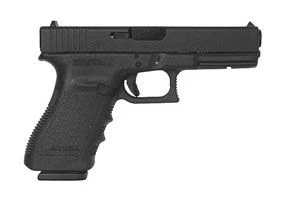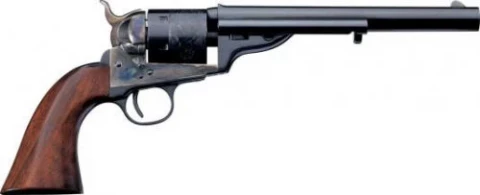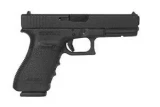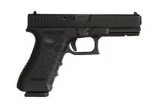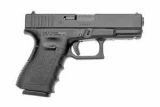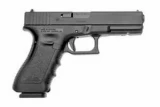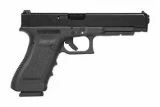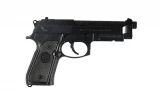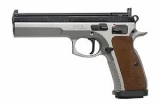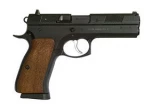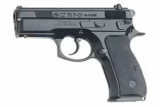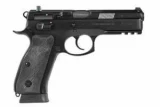Glock 21 vs Uberti 1872 Army Open Top
Put handguns head to head to compare caliber and more.
| vs |
$510.99
|
| Handguns | Glock 21 | Uberti 1872 Army Open Top |
|---|---|---|
| Summary | ||
| Rating | ||
| Rank | ||
| Action | Safe Action | Single Action |
| Caliber | .45 ACP | .45 Colt |
| Capacity | 13+1 | 6 |
| Finish | Black | Matte Blued |
| Sights | Fixed | Fixed |
| Barrel Length | 4.60" | 7.5" |
| Length | 7.52" | |
| Gun Type | Pistol | Revolver |
| Grip | Black | Wood Walnut |
| Details | ||
| Brand | Glock | |
| Reviews | See 20 Reviews | N/A |
| Prices | ||
| MSRP | $648.58 | $499.99 |
| Used Price | $454.01 | $349.99 |
| Sale Price | $583.72 | $449.99 |
Handguns Descriptions
Glock 21
Remarkable for its accuracy and light recoil, the GLOCK 21SF delivers the legendary stopping power of the .45 AUTO round with 10/13 round magazine capacity. Countless law enforcement units swear by the G21SF pistol, and that's why this powerful, lightweight, all climate workhorse is standard issue from the North to South Poles. The SF model reduces the circumference of the receiver at the rear, or "back strap," offering increased comfort and controlespecially for shooters with smaller hands.
Uberti 1872 Army Open Top
In 1872 Colt entered the market for metallic cartridge revolvers by introducing their factory-installed percussion-to-cartridge open top conversion of the 1861 Navy cap-and-ball revolver, followed quickly by the Richards-Mason conversion of the 1860 Army the following year. Based on a patent held by Colt employees Charles Richards and William Mason, the old cap and ball cylinders were cut down at the back to allow the installation of a conversion ring to accept metallic cartridges. In addition to civilian orders, Colt received an Army contract in 1871 to convert 1,000 Model 1860 Army percussion revolvers to use the .44-caliber centerfire cartridge being manufactured at the Frankford Arsenal. Eventually a total of 9,000 Open Tops and 2,100 Richards-Mason conversions were produced. Ultimately thousands of the Colt and Remington converted percussion revolvers found their way into the hands of sheriffs, outlaws, gunfighters, soldiers, cowboys, miners and ranchers throughout the Old West.

